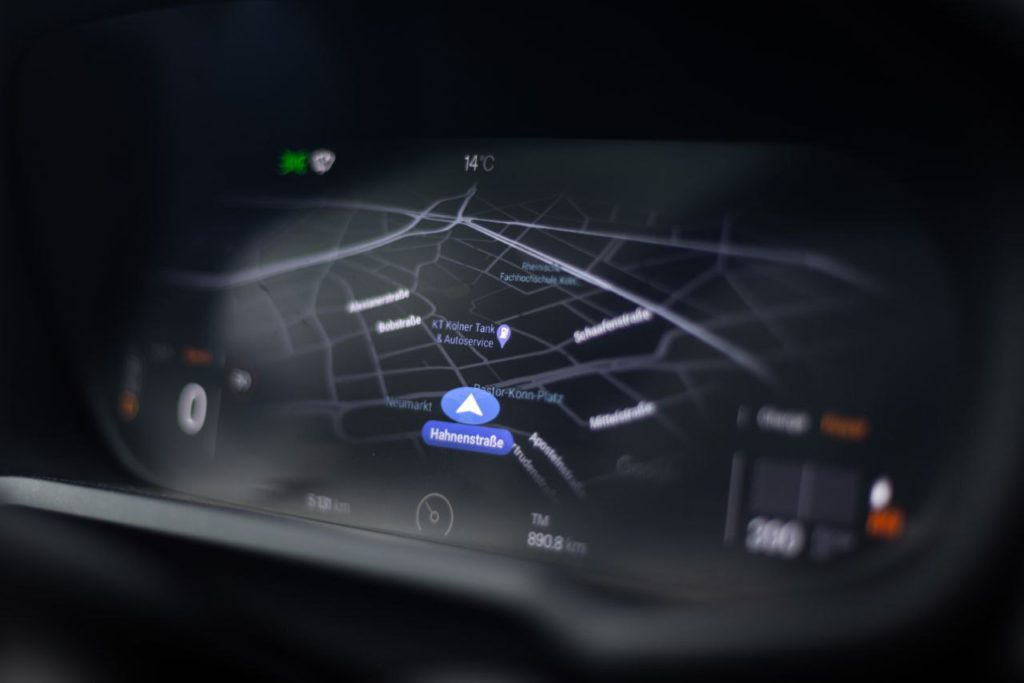What Is Telematics?
Using Telematics, you can monitor bikes, cars, trucks, and other equipment using GPS and onboard diagnostics technology (OBD). To capture the movement and location of an entity on a computerized map.
It is a popular option for modern companies to utilize their fleet management system. This is a bunch of telematics used to coordinate the vehicles they manage in an organized way And get a complete view of the entire fleet’s health, profitability, and productivity.
What are telematics Systems?
Suppose a brilliant computer on your vehicle monitors and reports nearly every detail of you-from speed and idling to tire pressure, fuel consumption, and many more. This is very useful at the time of maintenance- saving on maintenance costs by giving numerous information about your vehicle and improving the efficiency of fuel by learning the driver’s driving habits.

A Telematics device, also called a black box, is used to track assets and recorded information from the vehicle, which plugs into the OBD-|| or CAN-BUS PORT. A sim card and the modem in the black box enable communication to an internet connection.
Main Components of a Telematics Device :
- Expander Port
- Accelerometer
- Buzzer
- Engine Interface
- Sim Card
- GPS Receiver
Including hardware, the software used for GPS logging is another crucial factor. The script used for logging affects the quality and perfection of data.
How Telematics Work
The telematics device receives a vast amount of data generated by the vehicle, Such as location, speed, engine light information, G-force, faults, etc. And send the data to its cloud, and then the data is decoded and brought into the fleet management system and given to the consumer for examination and reporting. With this software, users can watch and share reports. User gain business knowledge example: Name of the driver who overspeeds or drives harshly or vehicles that consume the most fuel or vehicles due for maintenance.
Telematics data can be used for further usage with the help of machine learning. Such as how one fleet performs on safety as compared to other fleets or to understand if the routes drivers are using are the best possible or not.
A Variety of data analyzed with a telematics device and sent to the fleet management server such as:
- Fuel Consumption
- Seat Belt
- Vehicle Faults
- Battery volts
- Harsh Driving
- Position
- Trip Distance/Time
- Speed
- Engine Data
- Idling Time
Open Platform Telematics
With the evolution of technology, telematics has now passed from a closed system to an open platform. Via open platform telematics, fleet management companies can combine different hardware accessories and software on single-use and provide greater accuracy-efficiency and use it into business operations.
Dash Cameras, Electronic Lodgings, Dispatching, Route Optimisation, Mobile Forms, Report Diagnostics, and weather alerts are popular telematics integrations.
History of telematics
The word telematics consists of two words tele–matcis, where tele refers to “telecommunication” and matics refers to “informatics”. Telecommunication is an exchange of information using informatics to gather and analyze data using a computer.

In the mid 20s, both technologies, telematics, and informatics, combined, When the US Department of Defense formed the Global Positioning System (GPS) to track the movement of its army and improve communication.
Three unique breakdowns of modern technology turned telematics into existence: Internet, GPS, And Machine To Machine Communication (M2M). In-vehicle telematics – GPS navigation, hands-free cell phones, automatic driving assistance, etc.
Benefits of Telematics
Telematics has proved to be very helpful in six central areas of fleet management: Productivity, Safety, Fleet Management, Compliance, Integration, and Sustainability.
- Productivity : It improves customer service by providing real-time data, trip reporting, dispatching time, and routes to the consumer. For example: when you order something from an e-commerce platform, you get its dispatch date, time and live location, etc.
- Safety : Increases safety with in-vehicle driver coaching, risk, and reporting driver behavior such as harsh driving, collision, reconstruction, and can also locate your stolen vehicle.
- Fleet optimization: Efficient vehicle maintenance with the help of data provided by telematics devices, and it also saves cost. It increases fuel efficiency by tracking idling and drivers’ driving habits.
- Compliance: Electronic logging and service hours, Vehicle Inspection, and IFTA Reporting.
- Integration: We can combine other software systems with telematics such as Microphone, Rear facing camera, CRM software and by creating a new website or application.
- Sustainability : Reducing the carbon emission and environmental impact on the fleet and managing electric vehicles.
In Insurance Telematics, The owner of the vehicle can prove safe driving habits. They can share the data provided by telematics to the insurance company to cut the premium rates.
This helps insurance companies get accurate estimates of risk ( But not all insurance companies provide telematics-based insurance. You can discuss it with your provider if you are not self-insured).
Another feature that is becoming very popular in telematics, which boosts the security of your vehicle, is integrating identification sensors into vehicles. This allows the fleet to identify the driver before they start the vehicle.
- Telematics has also been used to communicate with nearby vehicles.
- Telematics in Fleet Management
- Currently, telematics has become essential for fleet management companies.
It answers fleet manager questions such as :
- Will electric switching is cost-effective for my company
- Who is overspeeding
- How to reduce fuel consumption
- Is idling bad for my company
- Harsh driver in the fleet
Many companies use telematics from non-profit organizations to government companies- from small businesses to large organizations. Allied Market Research (instrumental in market research and business consulting) values the global telematics market at $50.4 Billion in 2018 and estimates and It will reach $230 Billion by 2026.
Industries that are using fleet tracking and telematics :
- Waste Management Fleet
- Utilities
- Trucking and Transportation companies
- Car rental and leasing Companies
- Food and Beverage Companies
- Mining Industries
- Police
- Towing Companies
- Delivery and Courier Companies
- Construction Companies
- Landscaping
Future of Telematics
The future of telematics seems to be very bright and likely to achieve incredible achievements. Whether managing a fleet of vehicles or driving your own vehicle, Telematics is very helpful for both.
Some thrilling areas of Telematics are :
- Performance Benchmarking
- Urban analytics
- Intelligence Data
GPS tracking will continue to improve as technology improves, and its combination with other operational systems will improve continuously while M2M expands. The emergence of IoT, Smart technologies, smart homes, and AI are great examples of speedy revolution in the 21st Century.
Suggested:






 3 Ways Amazon Account Management Can Help Grow Your Business
3 Ways Amazon Account Management Can Help Grow Your Business